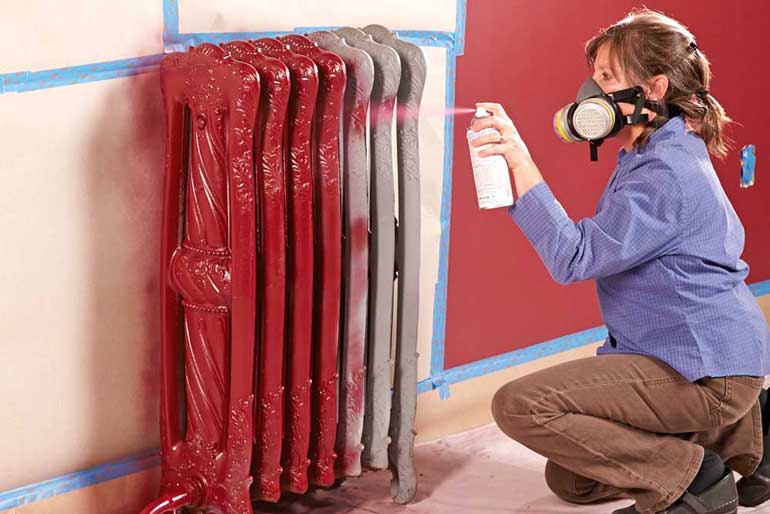When you select a colour, you need to choose the sheen as well.
Most paint companies offer flat, low sheen, satin, semi gloss and gloss.
Glossier finishes are more durable and easier to clean, but they can also emphasise any imperfections on the walls.
While flat paint will do a better job of hiding imperfections, it will damage more easily than high gloss.
Flatter finishes are generally best for ceilings and low-traffic areas like dining spaces.
All you have to do is wipe them down with a damp sponge, and if they get scuffed, they’re easy to touch up.
The gloss, semi gloss and satin options can withstand moisture and grease, so they’re good for trim and cabinets and high-traffic rooms like kitchens and bathrooms.
If you love the way flat paint looks, but you want more durability, try mixing it 50/50 with low sheen.
It will still offer a non-reflective look, but the low sheen will make the paint more hard-wearing.











